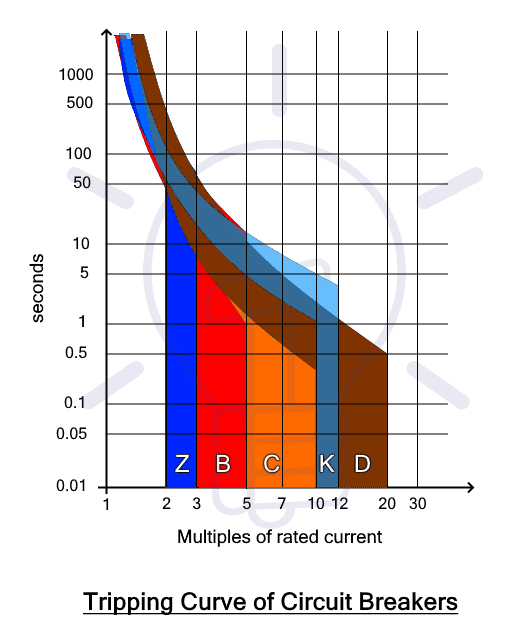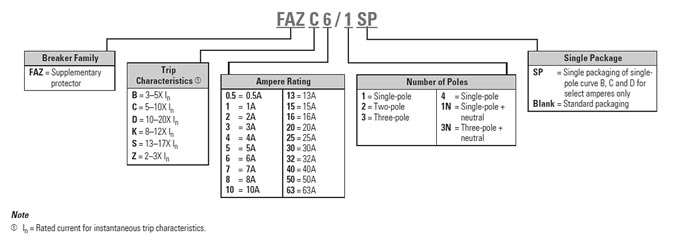From my reading and pervious discussions on this forum my understanding is that for very short term overloads the tripping characteristic for type B and type C devices is the same.
i was then thinking why do LED manufacturers recommend type C protective devices due to inrush current, which I would assume is very short term.
The reason I am asking the question is that I am wiring up a large compressor which requires a 32A circuit breaker (don't have access to the instructions at the moment). My plan was to use a type C device because of in rush currents, but struggling to get hold of one.
If the difference between type B and type C MCB's/ RCBO's is only for longer term overloads would using a type C device actually make any difference and am I wasting my time trying to get hold of one.

